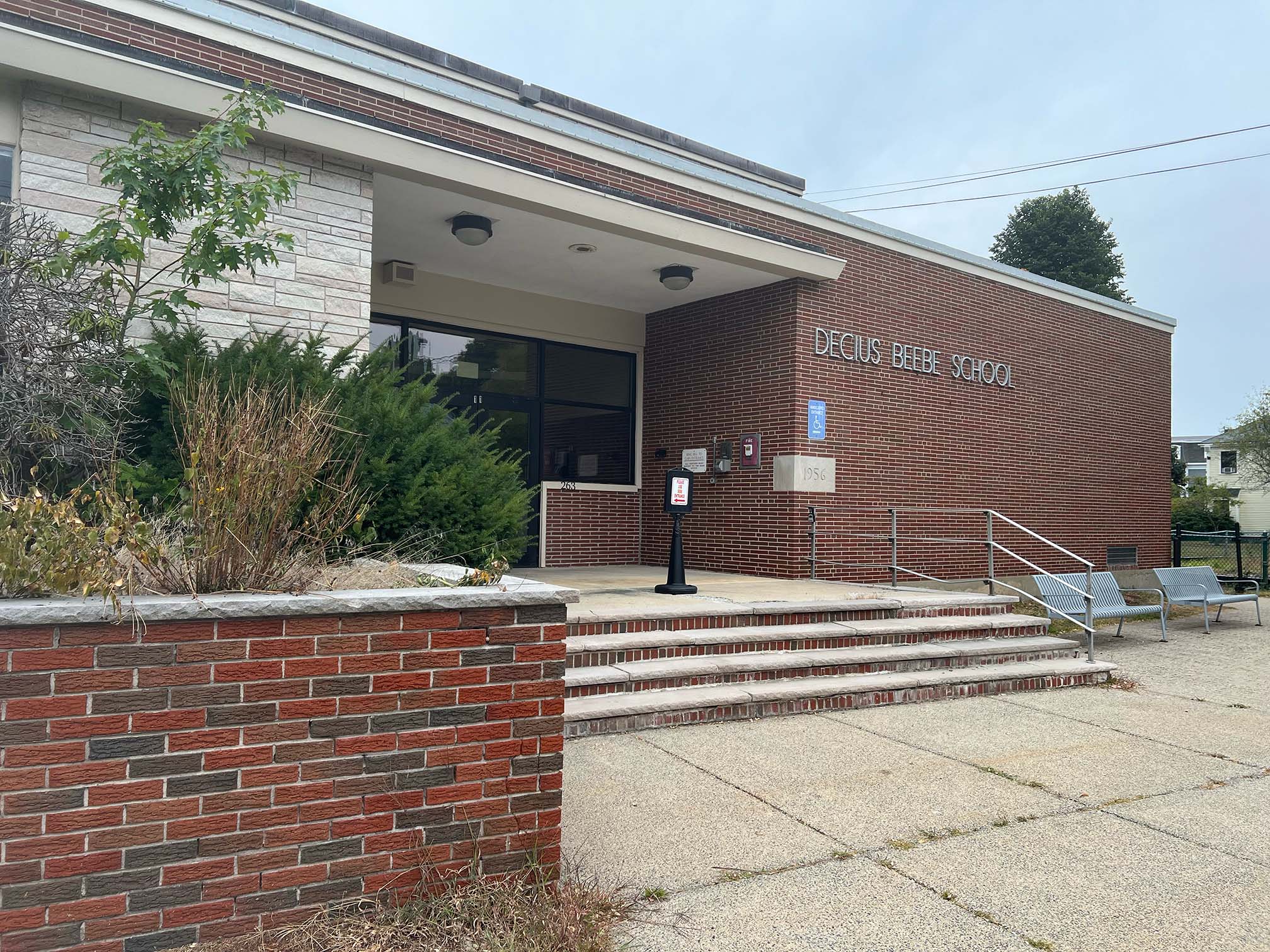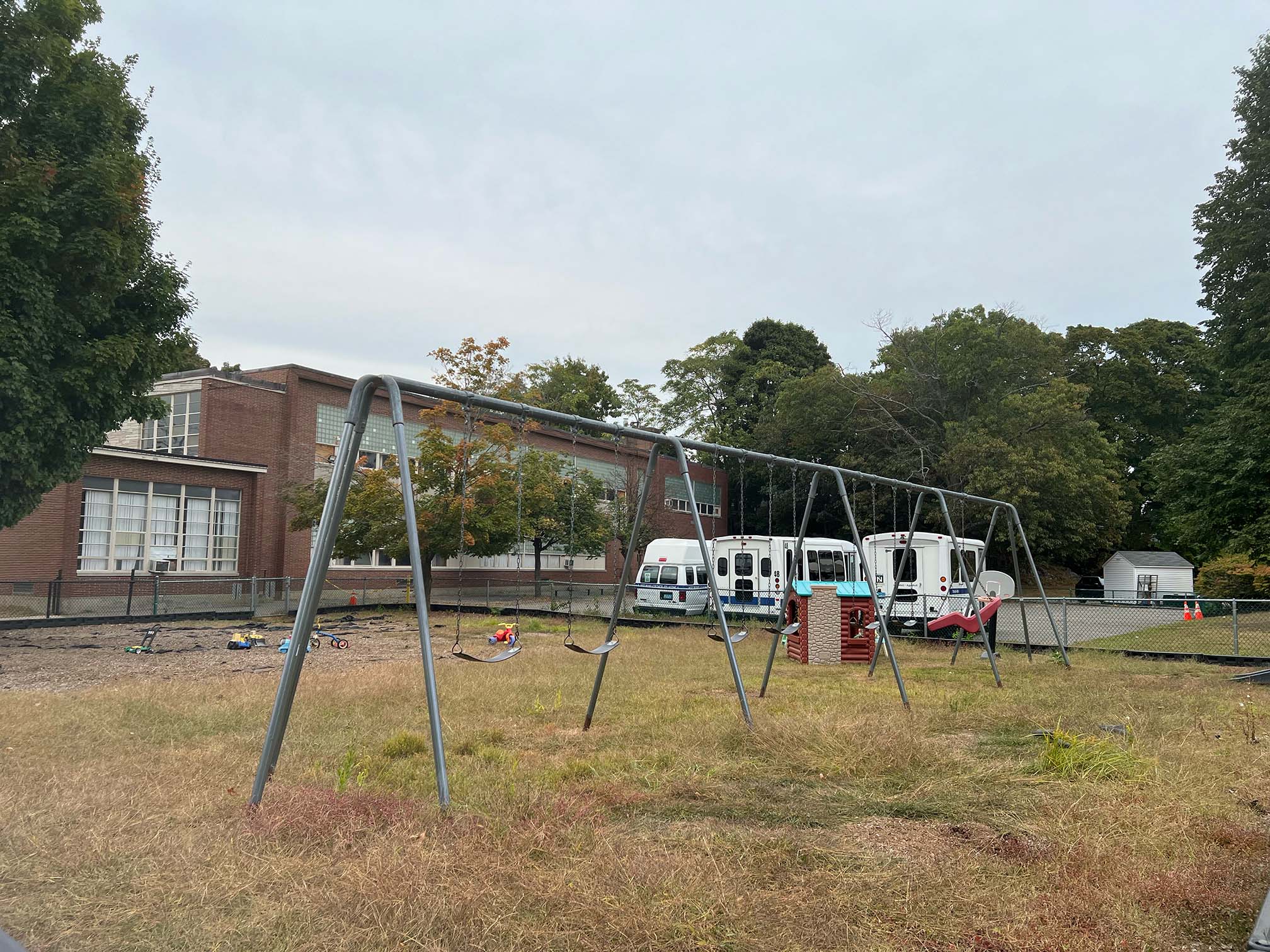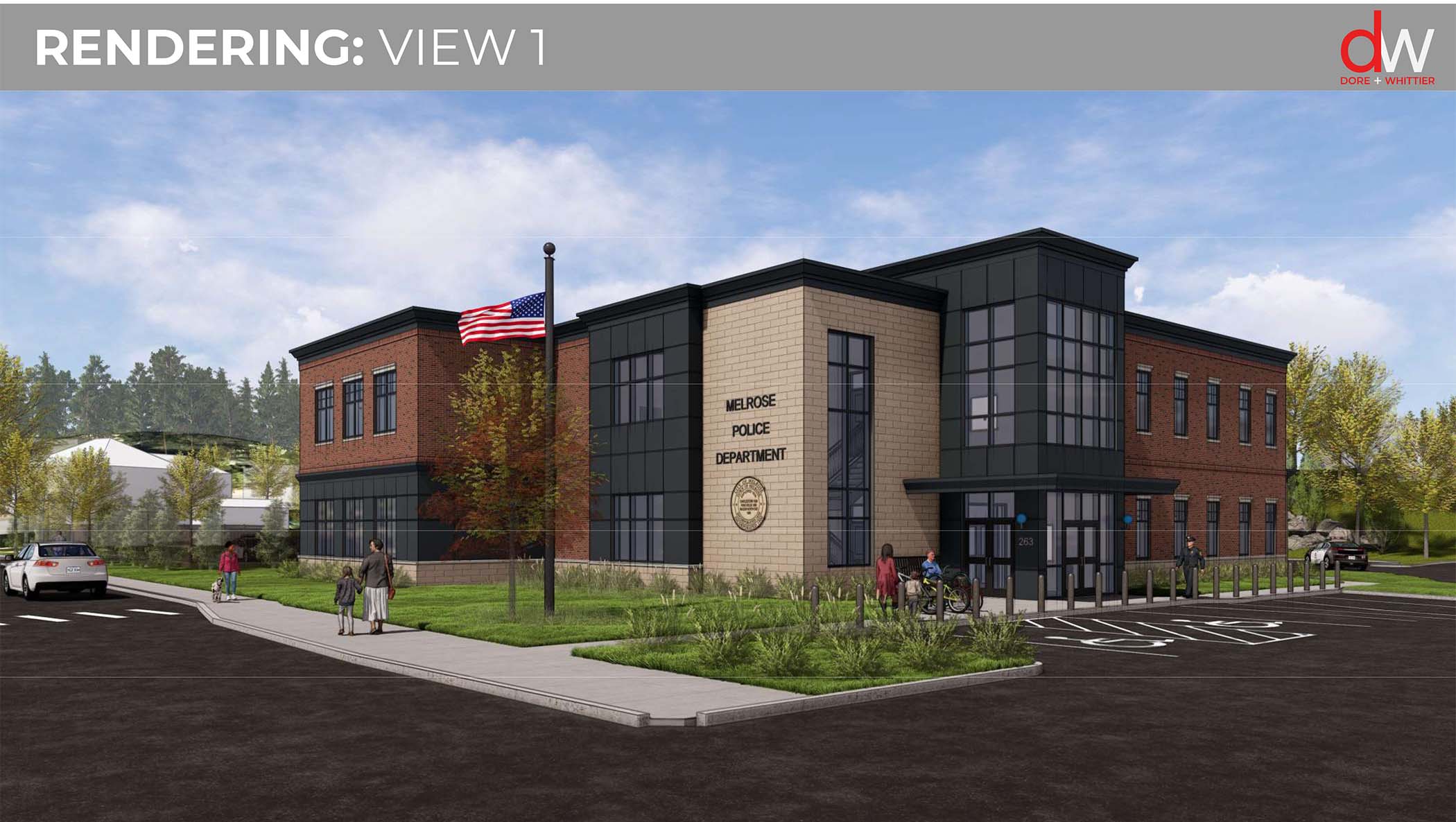School Committee Votes to Retire Beebe School
By Ellen Putnam

On November 26th, the School Committee voted to retire the Beebe School building and transfer it to the City of Melrose. This was the first of two required votes on this subject, and the second vote was held on December 10th, officially transferring the property.
The Beebe School closed as an elementary school in 2003, due to declining enrollment numbers in the Melrose Public Schools (MPS) and the high cost of operating six elementary schools concurrently. In the twenty years since, the Beebe has been used by the SEEM Collaborative (a school serving students with moderate to severe disabilities), and most recently as the temporary library while the Melrose Public Library building on West Emerson Street has been under construction.
In recent years, the School Committee has discussed possibilities for reopening the Beebe School as an elementary school as enrollment in MPS has increased. In 2021 a feasibility study was done that determined that it would cost between $6 and $14 million to bring the Beebe School building up to code, including removing hazardous materials like asbestos. The firm that completed this study estimates that the cost of a full renovation would today be closer to $24 million, in addition to the costs of furnishing the building as well as at least $2 million to staff the Beebe as an elementary school.
There has been renewed focus on the Beebe School this fall after the Public Safety Facilities Advisory Committee announced their intention to build a new police station on the Beebe School site. In the fall of 2023, Melrose voters approved a $130 million debt exclusion to build a new police station and rebuild or renovate all three fire stations. The City of Melrose has been proceeding with designs for the first phase of the project, which will involve demolishing and rebuilding the fire station on Tremont Street and building the new police station in a new location. Groundbreaking on both projects is currently planned for the fall of 2025.
Previously, the City had been planning to use the Ripley School site in southeast Melrose as the location for the new police station. The City shifted its focus to the Beebe School site after an engineering evaluation determined that rock blasting at the Ripley School site would cost at least $1.5 million. The City also cited the Beebe School’s more central location, near downtown Melrose, as an advantage of the site.
Before the City can begin construction on either site, the School Committee must vote that the school in question is no longer needed for educational purposes. According to the School Committee’s policies, in order to retire a school facility, a closing study must be done and the School Committee must take two votes stating that the building is no longer needed for educational purposes and can been turned over to the City for its use. Once a building is turned over to the City, the City Council would need to vote on how it is to be used.

At two meetings on November 19th and 26th, the School Committee discussed the history of the Beebe School and whether there might be any reason to hold onto the building for future use.
Several School Committee members made note of the current state of the building, which has identified asbestos and does not meet accessibility requirements due to the lack of an elevator. Member Jennifer McAndrew remarked, “my understanding is right now we can’t put kids in that building.” The Beebe has previously been used as a swing space - a building temporarily used as a school due to an emergency or during a construction project - and McAndrew said, “it’s attractive to have this idea of swing space available, but what I’ve heard is we couldn’t use the Beebe for that purpose without millions of dollars of investment.”
School Committee members noted that, were the Beebe to be opened as a sixth elementary school, staffing it would be costly, especially since the Beebe was built to accommodate only two classrooms per grade level. Chair Margaret Driscoll noted that before both schools closed, the Beebe and Ripley Schools shared a principal and a nurse. “In today’s world,” she said, “that’s not responsible in any way, shape, or form. There’s a baseline of administration that’s required to provide the best quality education to students.”
Member Matthew Hartman added, “the money question is fairly straightforward: we just don’t have it. We laid off 17 educators this spring, so I don't see how we could put together enough funds to reopen a school.”
Superintendent Adam Deleidi and Assistant City Solicitor Amy Lindquist, in their memo to the School Committee about the Beebe School (found here, starting on page 104), noted that, even if the Beebe School remains vacant, MPS will still have to pay for insurance, boarding up and fencing the property, and utilities. "Given our budget pressures and recognizing that we did lay off educators,” Vice Chair Dorie Withey said, “it’s really hard to think about keeping a school and continuing those operations when it would not be, in fact, a school.”
Not only is there unlikely to be extra money in next year’s school budget; in fact, next year’s budget may be even tighter than this year’s. Mayor Jen Grigoraitis provided an update on the first quarter of this year’s budget, and noted, “right now, based on a lot of incomplete information, we are anticipating about a $1.9 million shortfall” to maintain this year’s level of services with the 2.5% increase in tax revenue permitted under Proposition 2½. “I would characterize it as ‘impending doom,’” Driscoll remarked.
The School Committee also discussed enrollment trends, and the consensus among members was that enrollment data did not support the need for a sixth elementary school anytime in the foreseeable future. McAndrew noted that after reaching highs of over 5000 students in the 1980s, enrollment in MPS hit a low point by the early 2000s, around the time the Beebe School closed. Since then, enrollment has risen somewhat, and has been “bouncing around just under 4000 for a couple of years.” While enrollment appeared to have been increasing steadily prior to COVID, the pandemic caused a significant drop, and enrollment has not fully recovered since then. Hartman made note of “a staggering decrease” in this year’s kindergarten enrollment, and added that based on these numbers, “it’s hard to use enrollment to say that this building will be significantly needed in the short term.”
At the same time, members did acknowledge that some Melrose elementary schools are likely to need significant work done sooner, rather than later. The Melrose School Building Advisory Committee was recently reconstituted for the first time since COVID. And this month, the City posted a request for designers to create a School Facilities Master Plan, the City’s first comprehensive plan since 1997. At the top of the list may be the Winthrop School, which was last renovated in 1956 and is one of the district’s larger elementary schools. “We might need a new school,” McAndrew said, “but it might need to be a whole new elementary school in place of one of our current school buildings.” She noted that renovating the Beebe would not fill this need, due to its smaller size.
There is often state money available for school building projects, but municipalities generally need to match state grants with their own funds. Deleidi and Lindquist also noted in their memo, “It is our understanding that the Massachusetts School Building Authority is prioritizing consolidated larger buildings over smaller buildings.”
“The community did decide to invest in a public safety project that’s being talked about as a 50 year solution,” said Hartman, “and we need to get to a place where we have a 50 year solution for our schools, where our buildings are getting addressed in the same way.”

Rendering of current plans for the new police station
In the weeks since the City announced its intention to build the new police station at the Beebe School site, residents of the surrounding neighborhood have expressed concerns about construction, how hosting the police station might affect the neighborhood, and the lack of community input in the City’s decision to select the Beebe School site. “To date,” said one abutter, “the approach from the town has been to push the project along, heads down, without consideration of the neighborhood nor a real look at the data, at least from our perspective.”
One abutter, Elizabeth Kowal, was recently added to the Public Safety Facilities Advisory Committee, and several residents who spoke during the public comment section of November’s School Committee meetings expressed that School Committee members’ willingness to meet with them had “restored some faith in the process.”
The Beebe neighbors who spoke during public comment urged the School Committee to generate a comprehensive closing study before voting on the fate of the Beebe School. “When you look at the bylaws,” said Kowal, “there is more work to be done…so a decision is not made that we cannot then walk back from.”
“Is there a future educational use for the Beebe School?” asked another neighbor. “I don’t know, and I think, if we’re all being honest, none of us really know.”
The School Committee ultimately decided that, given that the Beebe had not operated as a public elementary school for twenty years, the work that had already been done, including the 2021 feasibility study, was sufficient. The Committee held two unanimous votes, on November 26th and December 10th, to retire the Beebe School and return it to the City for use.
On December 10th, the School Committee also voted to retire the Ripley School at the end of its current lease to the SEEM Collaborative. A second vote will be required at a later date to officially transfer the building. There are no current plans to redevelop the Ripley School.
“It seems very clear to me,” said Member Seamus Kelley, “that neither of these buildings has an educational purpose, that we don’t have the students for it, we certainly don’t have the money to invest into the buildings, and there’s no way we can operate them.” Member Jennifer Razi-Thomas added, “we don’t have money to do the things we wish we could do, so our priority always has to be on students and educators, and the buildings will be as good as they can be with the money we have.”

Follow Us: